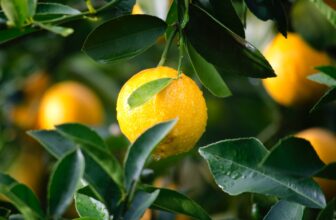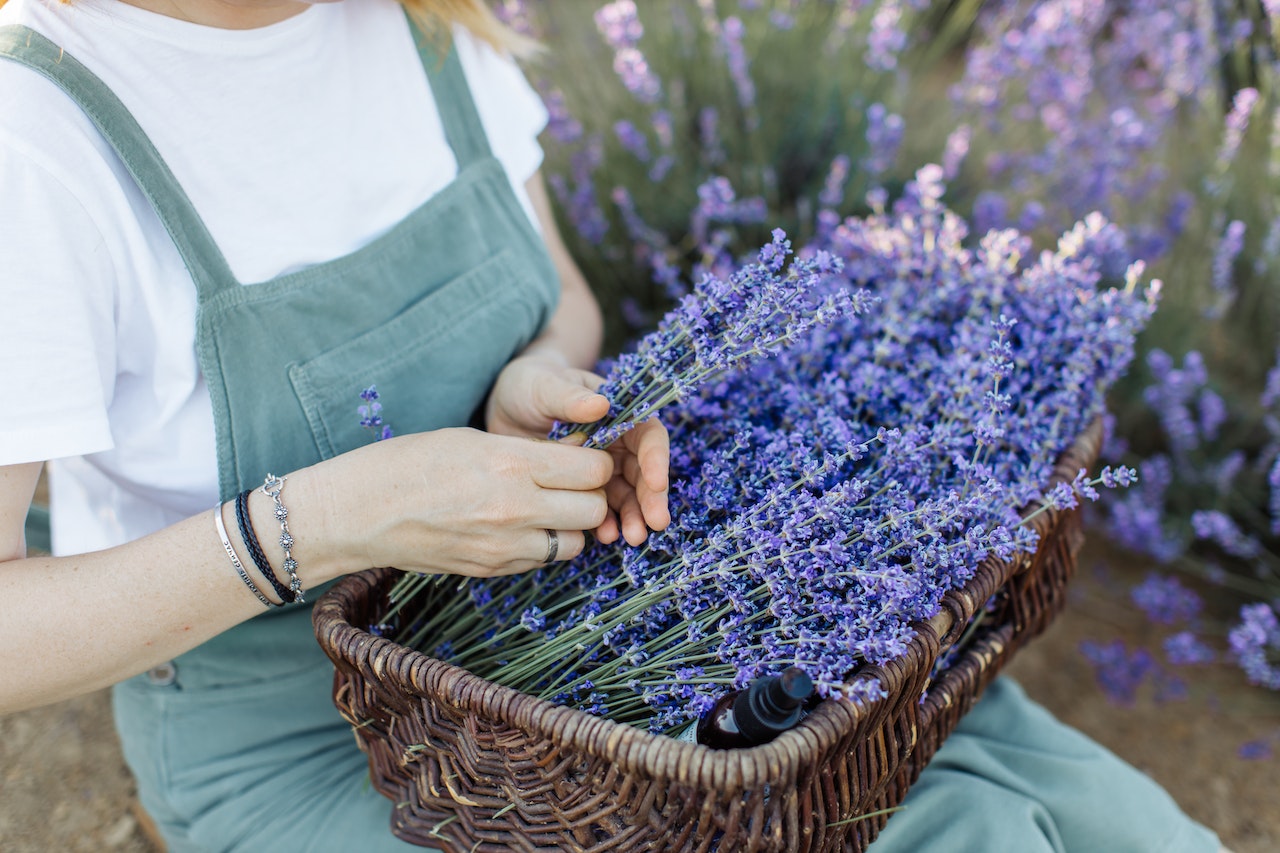
Table of Contents
Lavender is a fragrant herb that’s been used for centuries to add depth and flavor to dishes, and it’s no surprise why – it offers a unique and delicious taste that can elevate any recipe. From sweet to savory, lavender can be used to add a touch of elegance and complexity to dishes you never thought possible.
Whether you’re a professional chef or a home cook, this article will provide you with tips and ideas on how to incorporate lavender into your cooking, and hopefully inspire you to try something new in the kitchen. So, let’s get started on our culinary journey with lavender!
What is Lavender?
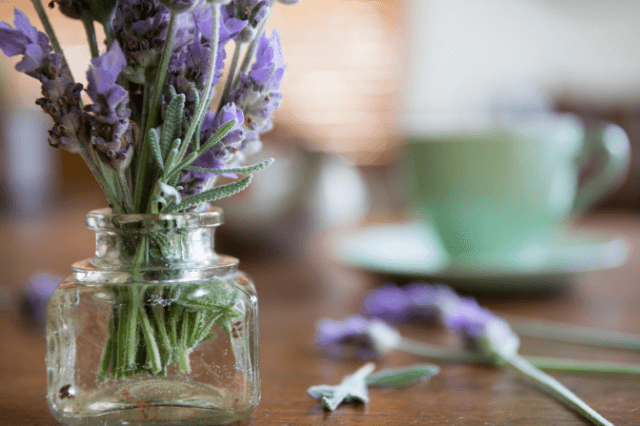
Lavender is a perennial plant that belongs to the mint family, Lamiaceae. It’s native to the Mediterranean region, but is now widely cultivated all over the world for its fragrant flowers and essential oil. The plant has greyish-green leaves and produces spikes of blue, purple, pink or white flowers.
The most common species used for commercial use is the English lavender (Lavandula angustifolia) due to its strong fragrance and high oil content. The plant is used for a variety of purposes, including as an ornamental plant, in perfumery, and in cooking. Its essential oil is also used in aromatherapy for its calming and relaxing properties.
The History of Lavender in the Culinary World
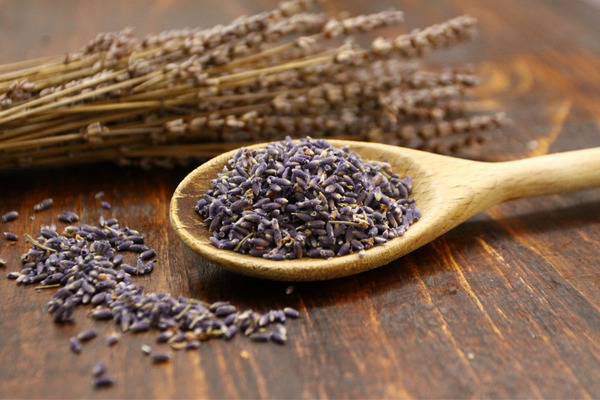
Lavender has a long history of culinary use dating back to ancient times. The Romans used lavender to flavor wines and as a condiment in their meals. In medieval times, lavender was used to flavor sweets and puddings. In the 17th and 18th centuries, it was used to make a cordial that was believed to have medicinal properties.
During the Victorian era, lavender was a popular ingredient in sweet and savory dishes, and it was also used to make jams, jellies, and syrups. In Provence, France, where lavender is widely grown, it has been used to flavor dishes such as roast meats, stews, and soups. It’s also used to make the traditional Provencal sweet, lavender honey.
In recent years, lavender has seen a resurgence in popularity in the culinary world, with more chefs and home cooks experimenting with its unique flavor. It’s now used in a wide variety of dishes such as ice cream, sorbet, baked goods, marinades, and dressings. The delicate floral and slightly sweet taste of lavender can complement both sweet and savory dishes, making it a versatile ingredient to have in the kitchen.
What Does Lavender Taste Like?
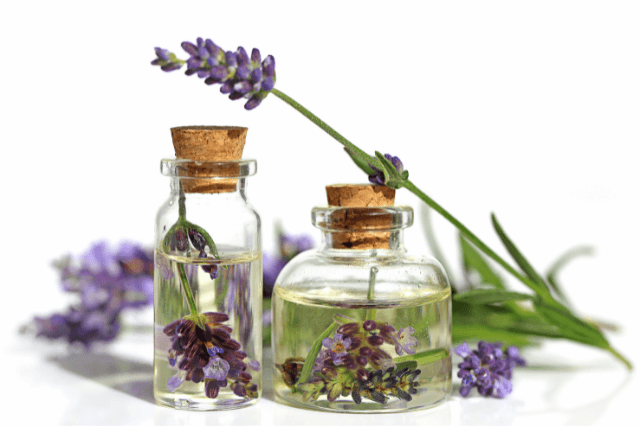
Lavender has a floral and slightly sweet taste with a hint of a spicy, herbaceous and camphor-like flavor. The taste of lavender can vary depending on the variety and how it’s used, but in general, it’s a subtle and delicate flavor that can complement both sweet and savory dishes. When used in cooking, it’s important to use culinary lavender as it’s safe for consumption, rather than ornamental varieties which may be treated with pesticides or other chemicals not safe for human consumption.
When used in sweet dishes, lavender can add a floral and slightly sweet taste that can complement flavors such as vanilla, honey, and lemon. In savory dishes, it can add a subtle herbal and floral note that can complement flavors such as rosemary, thyme, and garlic. It’s important to use it sparingly as it can be overpowering if used in large quantities.
How is Lavender Used in Cooking?
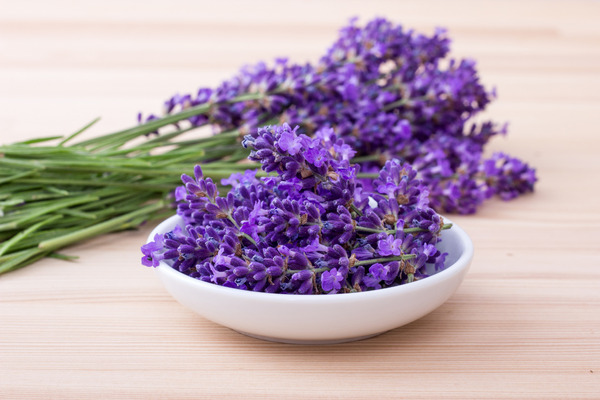
Lavender can be used in a variety of ways in cooking, both sweet and savory dishes. In sweet dishes, it can be used to make syrups, jams, and jellies, as well as to flavor ice cream, sorbet, and baked goods such as cakes, cookies, and breads. The flowers can also be can also be used to make decorative toppings for cakes and pastries.
In savory dishes, it’s often used to flavor marinades, dressings, and rubs for meats, poultry, and fish. It’s also used to season vegetables, soups, and stews. The culinary lavender buds can be used whole, or they can be ground to a powder and used as a seasoning.
When using lavender in cooking, it’s important to use culinary lavender, which is safe for consumption, rather than ornamental varieties, which may be treated with pesticides or other chemicals not safe for human consumption. It’s also important to use it sparingly, as the flavor can be overpowering if used in large quantities.
Lavender Recipes
If you’re interested in cooking with lavender, we’ve included a few recipes for you to try out:
Lavender Shortbread Cookies
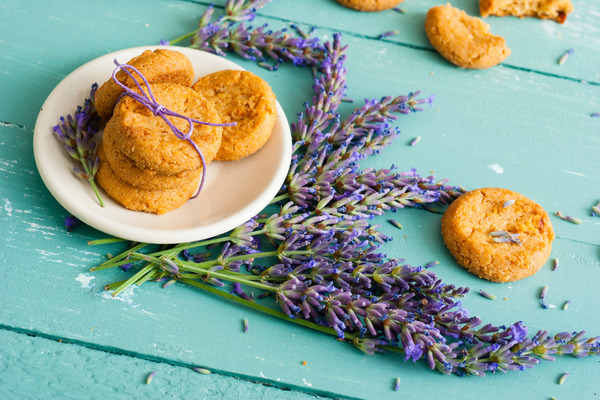
Ingredients:
1 cup butter, room temperature
1/2 cup powdered sugar
2 cups all-purpose flour
1 tablespoon culinary lavender buds
1 teaspoon vanilla extract
Pinch of salt
Instructions:
- Preheat oven to 350°F.
- In a large mixing bowl, cream together the butter and powdered sugar until light and fluffy.
- In a separate bowl, combine the flour, lavender buds, vanilla extract and salt. Gradually add this mixture to the butter mixture, mixing until a dough forms.
- Roll the dough out on a lightly floured surface to about 1/4 inch thickness. Use a cookie cutter to cut out desired shapes and place the cookies on a baking sheet lined with parchment paper.
- Bake the cookies for 12-15 minutes or until the edges are lightly golden brown.
- Let the cookies cool on the baking sheet for 5 minutes before transferring them to a wire rack to cool completely.
- Once cooled, the cookies can be enjoyed as is or dusted with additional powdered sugar for a touch of sweetness.
These shortbread cookies have a delicate, buttery flavor with a subtle hint of lavender that will impress your friends and family. Enjoy with a cup of tea or coffee.
Lavender and Honey Bread
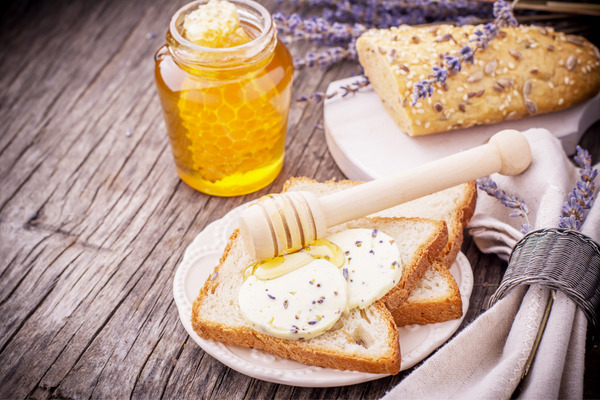
Ingredients:
3 cups all-purpose flour
1 tablespoon baking powder
1 teaspoon salt
1/4 cup culinary lavender buds
2 eggs
1/2 cup honey
1/2 cup milk
1/4 cup olive oil
1 teaspoon vanilla extract
Instructions:
- Preheat the oven to 350°F. Grease a loaf pan and set it aside.
- In a large mixing bowl, combine the flour, baking powder, salt, and lavender buds.
- In a separate bowl, beat the eggs, honey, milk, olive oil, and vanilla extract together.
- Slowly pour the wet ingredients into the dry ingredients, stirring until well combined.
- Pour the batter into the prepared loaf pan and smooth the top with a spatula.
- Bake the bread for 40-45 minutes or until a toothpick inserted into the center comes out clean.
- Remove the bread from the oven and let it cool in the pan for 10 minutes before transferring it to a wire rack to cool completely.
- Once cooled, slice the bread and serve it with butter or honey for a deliciously fragrant breakfast or snack.
This bread is perfect for a breakfast or brunch, and it’s a unique and delicious way to incorporate lavender in your cooking. The bread is moist and tender, with a subtle floral and honey flavor that will delight your taste buds. The bread can be stored in an airtight container for a couple of days, but it’s best to enjoy it fresh.
Lavender and Lemon Grilled Chicken
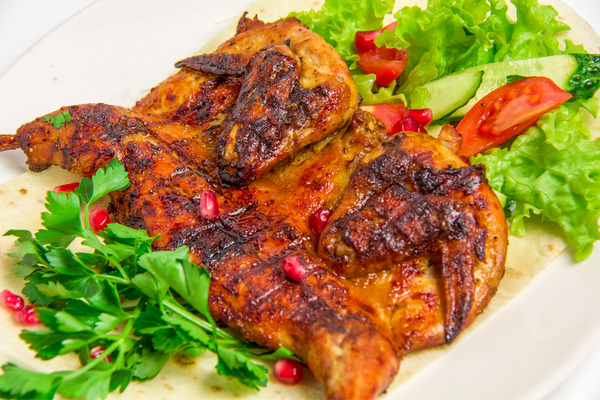
Ingredients:
4 boneless, skinless chicken breasts
1/4 cup olive oil
2 tablespoons freshly squeezed lemon juice
2 cloves of garlic, minced
1 teaspoon dried culinary lavender buds
1 teaspoon salt
1/2 teaspoon black pepper
Instructions:
- In a small bowl, mix together the olive oil, lemon juice, garlic, lavender, salt, and pepper.
- Place the chicken breasts in a shallow dish or resealable bag and pour the marinade over them. Allow the chicken to marinate in the refrigerator for at least 30 minutes or up to 2 hours.
- Heat the grill to medium-high heat.
- Grill the chicken for 6-8 minutes per side, or until cooked through.
- Serve the chicken with your favorite sides, and enjoy the delicious combination of lemon and lavender flavors.
This recipe is a perfect way to elevate your regular grilled chicken and give it a unique and delicious flavor. The lemon and lavender complement each other perfectly, creating a taste sensation that will delight your taste buds.
The chicken can be served with a variety of sides such as a salad, roasted vegetables, or rice. You can also try this recipe with other meats like pork or lamb, for a delicious and fragrant summer meal.
Lavender Lemonade Recipe
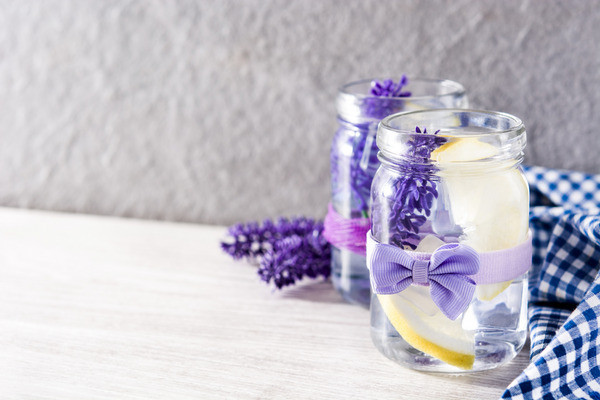
Ingredients:
1 cup fresh lemon juice (about 4-5 lemons)
1 cup granulated sugar
1 tbsp dried lavender buds
4 cups cold water
Instructions:
- In a small saucepan, combine sugar and 1 cup water. Heat over medium heat, stirring occasionally, until sugar is completely dissolved. Remove from heat and add lavender buds, stirring to combine. Allow to steep for 15 minutes.
- Strain the lavender simple syrup through a fine mesh sieve into a pitcher. Discard the lavender buds.
- Add lemon juice and cold water to the pitcher and stir to combine.
- Taste and add more sugar or lemon juice as desired.
- Serve over ice and garnish with a sprig of fresh lavender, if desired.
The Take-Away
Culinary lavender is a versatile and flavorful herb that can be used in a variety of dishes to add depth and complexity to your cooking. Whether you’re using it to infuse oils and vinegars, to season meat and fish, or to make desserts and baked goods, the delicate floral and slightly spicy notes of lavender can elevate your dishes to the next level.
While it’s important to use culinary lavender and not just any kind of lavender as it’s safe for consumption. With a little bit of experimentation and creativity, you can discover new and exciting ways to incorporate this unique herb into your cooking.






